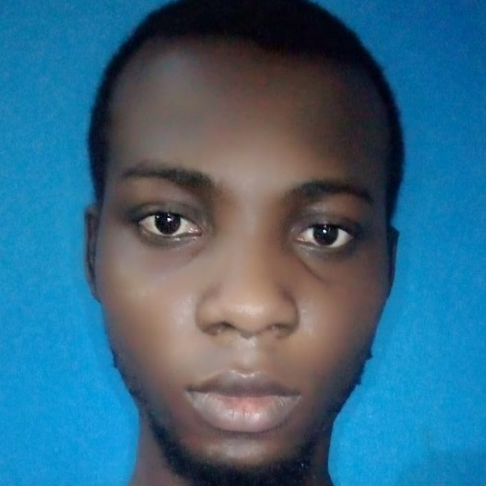
Sodiq A. Olanrewaju
Work place: Department of Statistics, University of Ibadan, Ibadan, P.O. Box 200284, Nigeria
E-mail: sodiqadejare19@gmail.com
Website:
Research Interests: Statistics
Biography
Sodiq A. Olanrewaju is currently pursuing his first degree at the prestigious University of Ibadan, Faculty of Science, department of Statistics. He is currently rendering a Voluntary Service (UI-LISA Ambassador) at University of Ibadan Laboratory for Interdisciplinary Statistical Analysis (UI-LISA), Department of Statistics, University of Ibadan.
Author Articles
An Analysis of the Atlantic Ocean Wave Via Random Cosine and Sine Alternate Wavy ARIMA Functions
By Rasaki O. Olanrewaju Mamadou A. Jallow Sodiq A. Olanrewaju
DOI: https://doi.org/10.5815/ijisa.2022.05.03, Pub. Date: 8 Oct. 2022
In this research, alternate random wave sine and cosine for discrete time-varying processes via Autoregressive Integrated Moving Average (ARIMA) in a deterministic manner were developed. The mean and variance of the cosine and sine periodical time-varying wavy functions were derived such that Maclaurin series via full Taylor series expansion was used to rewrite the mean and variance functions. Wavy buoys of sea temperature, significant wave height, and mean wave direction of Belmullet Inner (Berth B) and Belmullet Outer (Berth A) of the Atlantic Ocean based on the west coastal of Ireland were subjected to the random sine and cosine wave functions of ARIMA. Cosine-ARIMA (1, 1, 3) and cosine-ARIMA (0, 1, 1) were the sea temperature inner and outer oceanic climate wave buoys of Berth B and A with time-periods of 8437.5 and 8035.714 respectively. Cosine-ARIMA (5, 1, 0) gave minimum performance for peak direction of inner and outer oceanic climate wave buoys of both Berth B and A, but with different time-periods of 168750 and 56250 respectively. Lastly, cosine-ARIMA (2, 1, 2) and sine-ARIMA (0, 1, 5) put in the ideal generalization for wave height of Berth B and A with the same associated wave time-periods of 56250, that is, it takes 56250 seconds to complete one swaying cycle.
[...] Read more.Other Articles
Subscribe to receive issue release notifications and newsletters from MECS Press journals